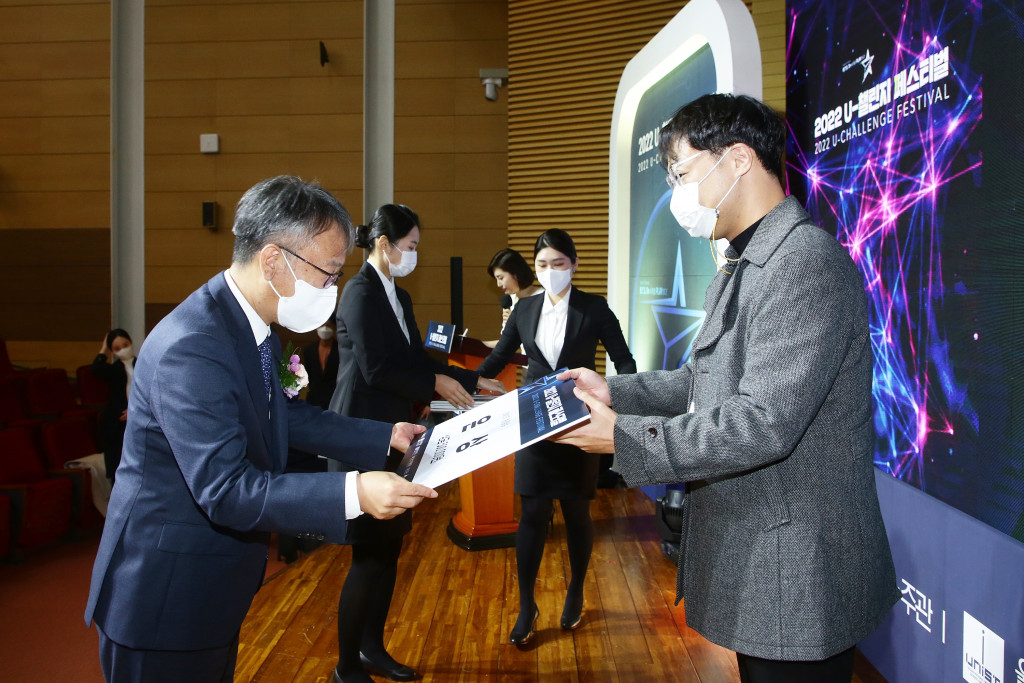USACM (미국 전산 역학회)의 Large Scale Structural Systems and Optimal Design 부문(Large scale TTA) 초청으로 멀티스케일 시뮬레이션에 대한 1시간짜리 강연을 하게 되었습니다. 
——
November 2, 2022: Prof. Hayoung Chung, Ulsan National Institute of Science and Technology
Title: Understanding Multifunctional Behaviors using Sequential Multiscale Approaches
Abstract: Multiscale methods broadly refer to computational frameworks used to investigate the influence of small-scale parameters on macroscopic behaviors of multifunctional materials, namely low-dimensional materials and smart materials, to just name a few. The way that small-scale information, typically extracted from in-silico experiments (e.g., DFT, MD), is transferred to the macroscopic analysis model (e.g., finite element) distinguishes one multiscale method from the others. Among these, the sequential multiscale method is an alias of a one-way bridging model where the small-scale data forms a basis of a high-fidelity multiphysics surrogate that is utilized as a constitutive model of the macroscopic analysis. The method is especially useful in analyzing structural behaviors of multifunctional materials, where we can assume static equilibrium conditions on both lower and higher scales. However, despite its simplicity and wide usage, the multiscale method is far from being generalized due to its need for massive data and knowledge of the specific domain, which my team and I are trying to eliminate. In this talk, we first aim to explain the broad application of the sequential multiscale method, as it enables a more profound understanding of non-traditional multifunctional materials such as nanomaterials and liquid-crystal solids. After that, we present our recent endeavor toward a scalable and transferable multiscale model using the state-of-the-art machine learning approach. We finalize the talk by introducing our other endeavors toward fast and efficient topology optimization.
Bio: Hayoung Chung is an assistant professor in the Department of Mechanical Engineering at Ulsan National Institute of Science and Technology (UNIST) in Korea since 2019. He obtained his bachelor’s and doctoral degree at Seoul National University (SNU), Korea, in 2010 and 2017. His Ph.D. research focused on analyzing and tailoring multiphysics phenomena in photo-responsive liquid crystal networks. After graduation, he held postdoctoral positions at the Structural Department at UC San Diego, USA, where he worked on several projects revolving around efficient topology optimization of thermoelastic large-deforming structures. His current research interests include topology optimization, data-driven multiscale modeling, and computational mechanics to address issues found in 4D printing technology.







